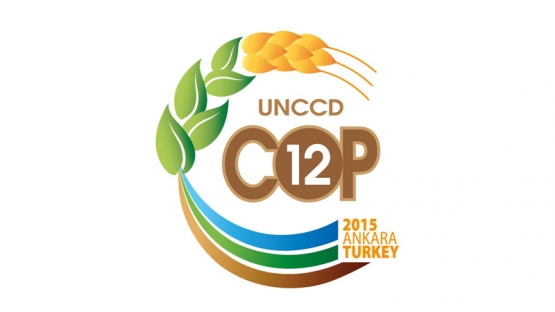For the world's 2.6 billion small-scale and subsistence farmers, healthy soils can be the difference between stability and poverty, a full plate and an empty stomach, life and death. But despite the universal value of healthy soils, human economic activity continues to cause land erosion and soil degradation, placing approximately 5 to 7 million hectares in danger each year. Against this backdrop of threatened soils, and as climate change further complicates the challenge, the IAEA has organized a side-event to highlight the benefits of soil science for sustainable land management, to be held on the margins of the 12th session of the UNCCD Conference of the Parties (COP12).
Held in Ankara, Turkey from 12-23 October, COP12 will provide the venue for hundreds of national policymakers, scientific researchers and high-level offices to comprehensively discuss and explore contemporary solutions and methods with which to address land degradation.
During the Conference's second week-on Monday 19 October-the IAEA will present success stories in the use of tools, technologies and practices to support the development and management of land use policies. More specifically, representatives from Morocco and Madagascar will present and discuss their experiences using nuclear and related techniques in their fight against soil erosion, acquired through collaboration with IAEA's Technical Cooperation Programme with support by the Joint FAO/IAEA Division of Nuclear Techniques in Food and Agriculture.
Beyond exhaustive presentations which plainly demonstrate the value of isotopic techniques in the context of sustainable land management, the side event will provide opportunities to coordinate with Environment Ministry officials from various countries attending the COP 12. Therefore, the side event will be very useful in bridging science and policy for sustainable land management and minimized land degradation.




